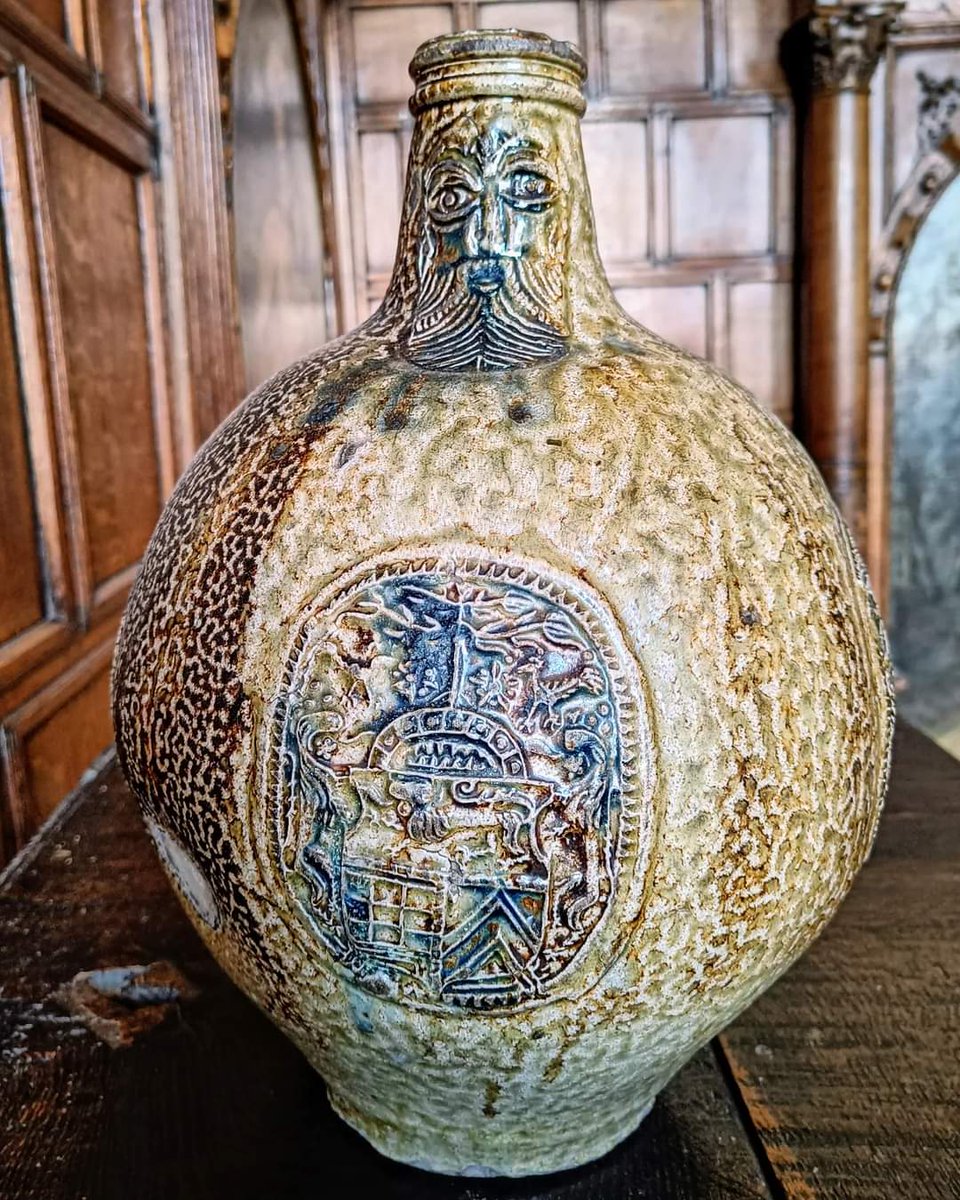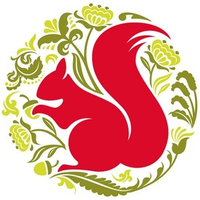
Today in #DetailsOfAstonHall , a closeup to one of the panels of the 17th century ceiling plasterwork of the Withdrawing Room, showing two bearded and breasted fauns.
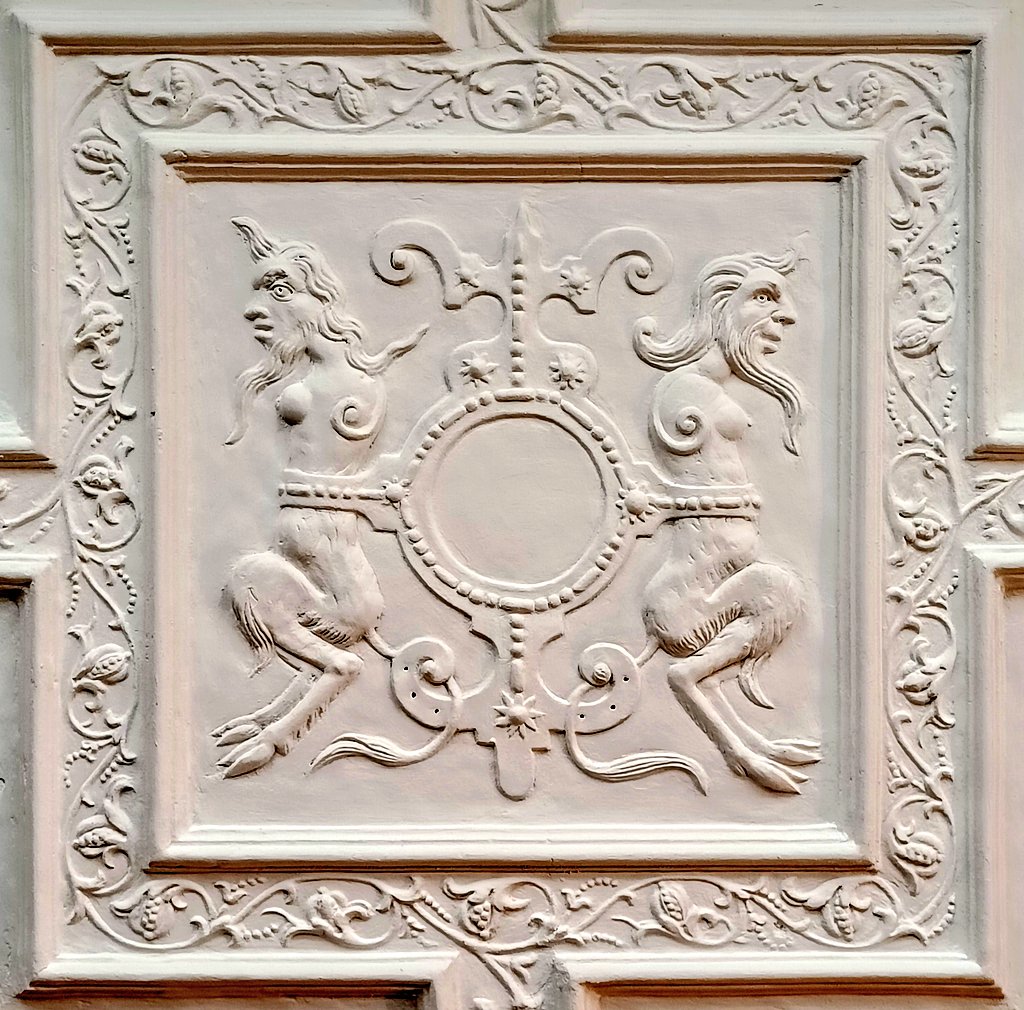

On 19 December 1818, 205 years ago yesterday, a man named Joseph Brown from Bromsgrove decided to leave his mark on one of our windows.
Today's #DetailsOfAstonHall is another historical graffiti, this time a very special one, as it is dated, something that's not that common.
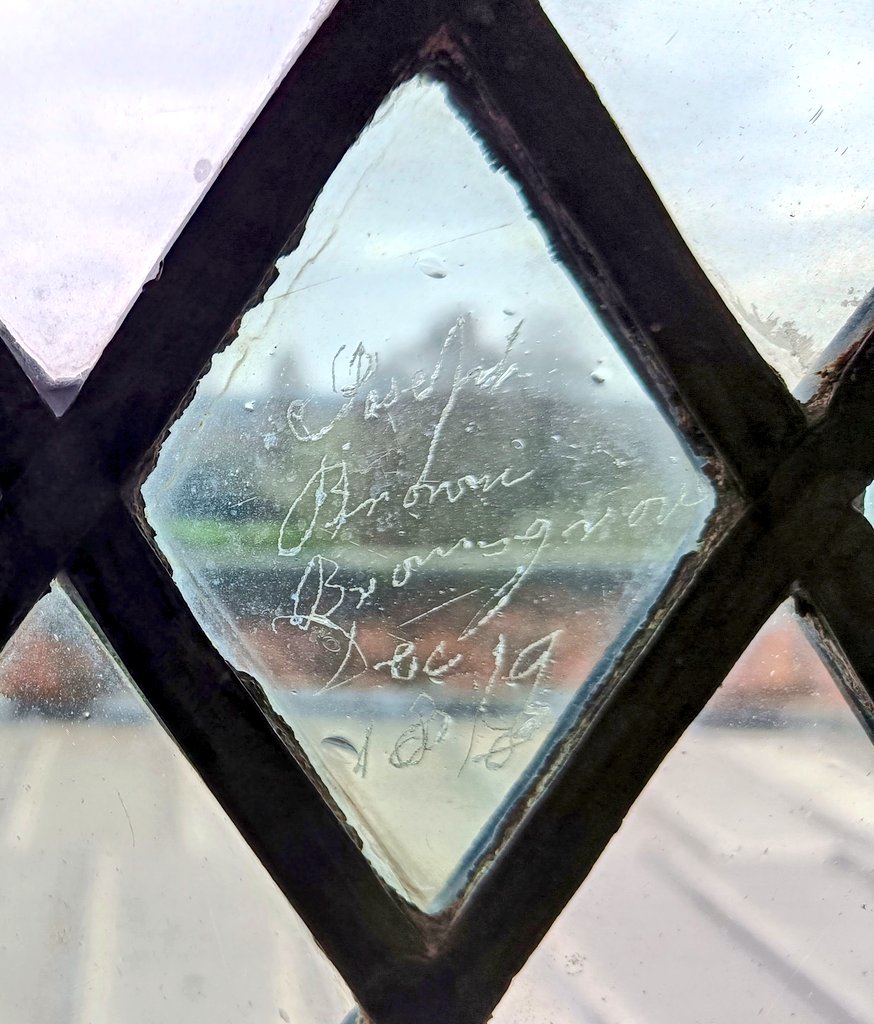

Have you ever seen a symbol such as this one?
Today's #DetailsOfAstonHall directly relates to the spooky season: the historical graffiti of a daisy wheel or hexafoil, one of the most common symbols known as witches' marks.
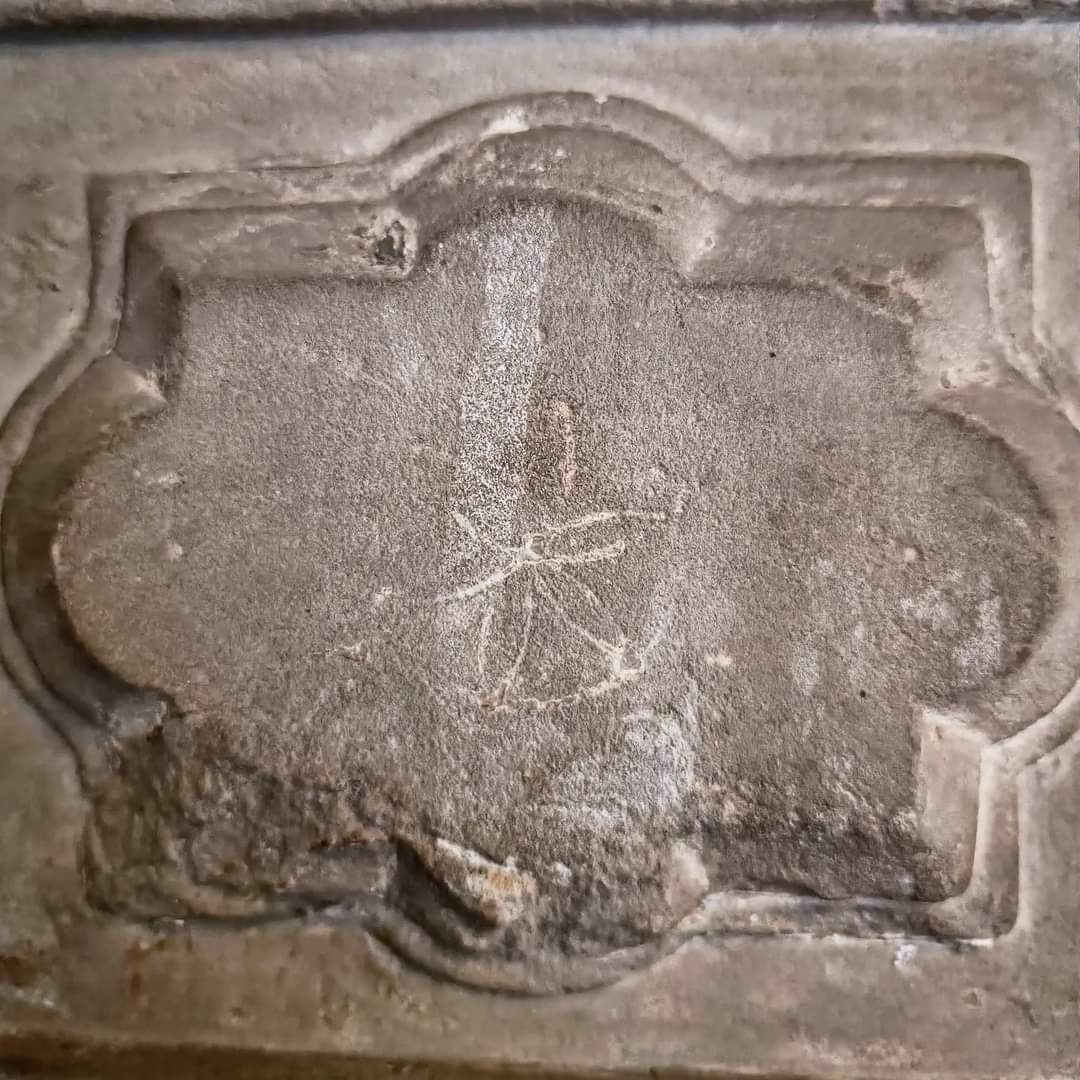

For #DetailsOfAstonHall today, we're sharing our taxidermy kākāpō, which was named Charlie by one of our staff members.
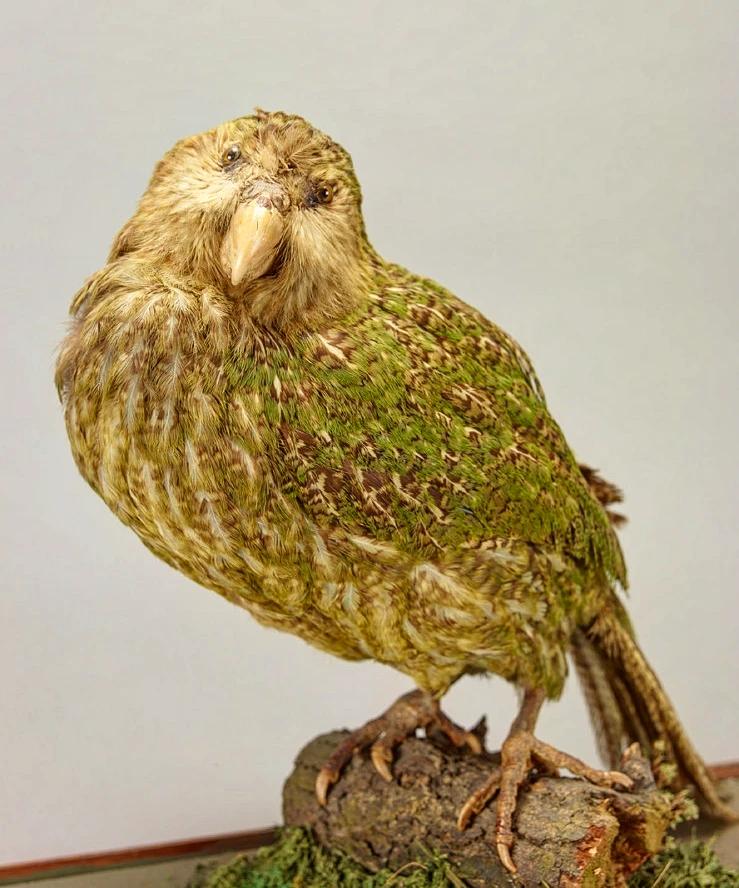

Today, in #DetailsOfAstonHall , we share these mid-18th-century English delftware tiles from the fireplace in the Red Chamber.
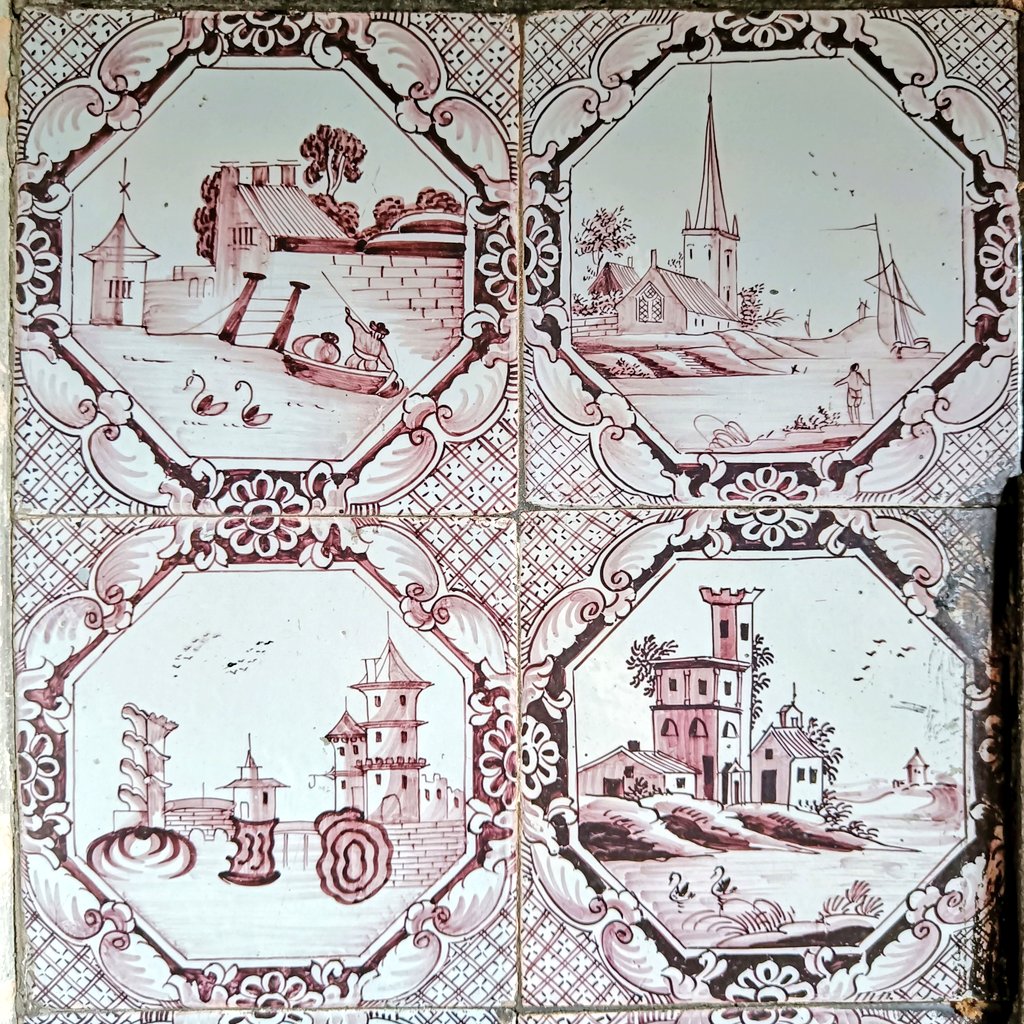

Today's #DetailsOfAstonHall : our service bells!
Located on the upper part of the ground floor passage, right next to the servants staircase by the Servants Hall and the Kitchen, they date from the mid 18th century.
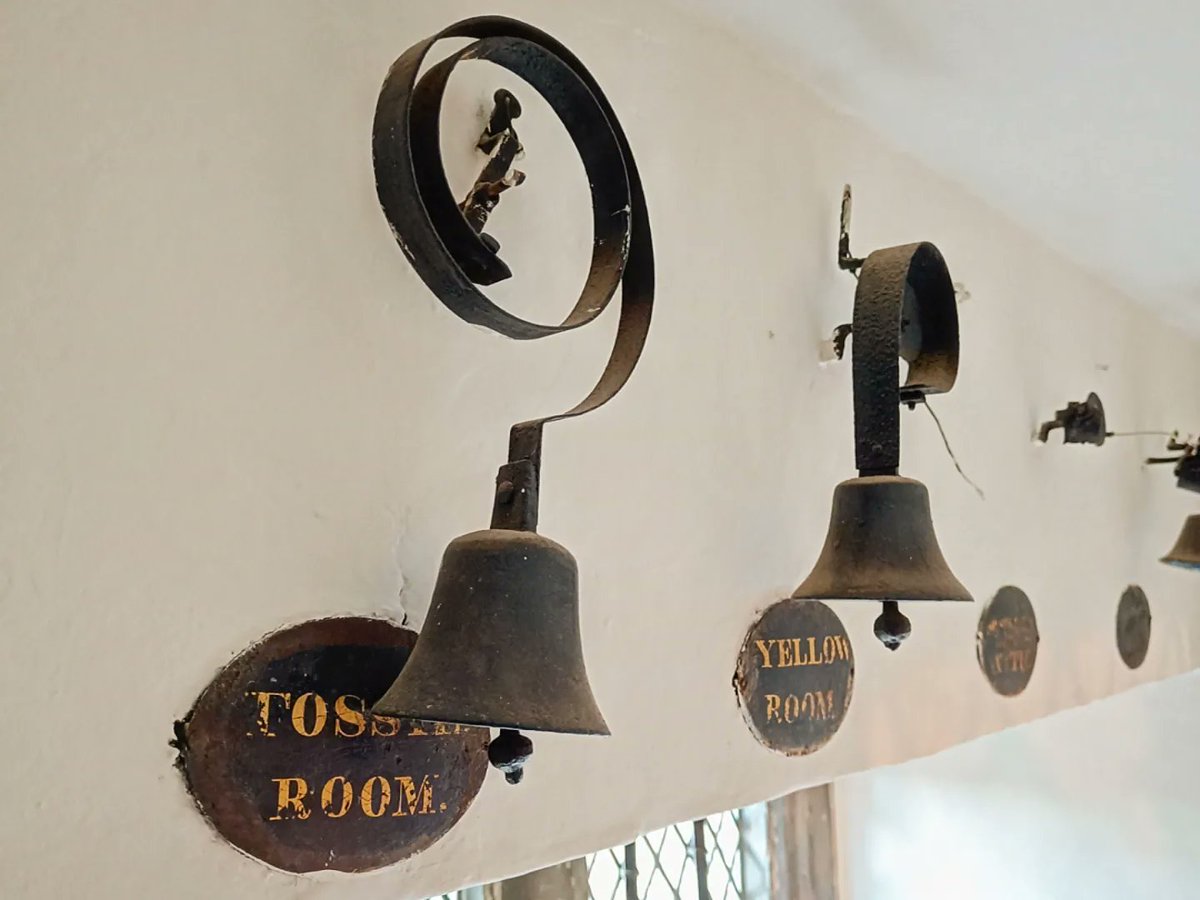

Even if it's a little late, to celebrate the #ChineseNewYear of the Wood Dragon, today's #DetailsOfAstonHall is this magnificent blue dragon from a Chinese vase from the Kangxi period (1662-1722) which is displayed in Aston Hall's Blue Room.
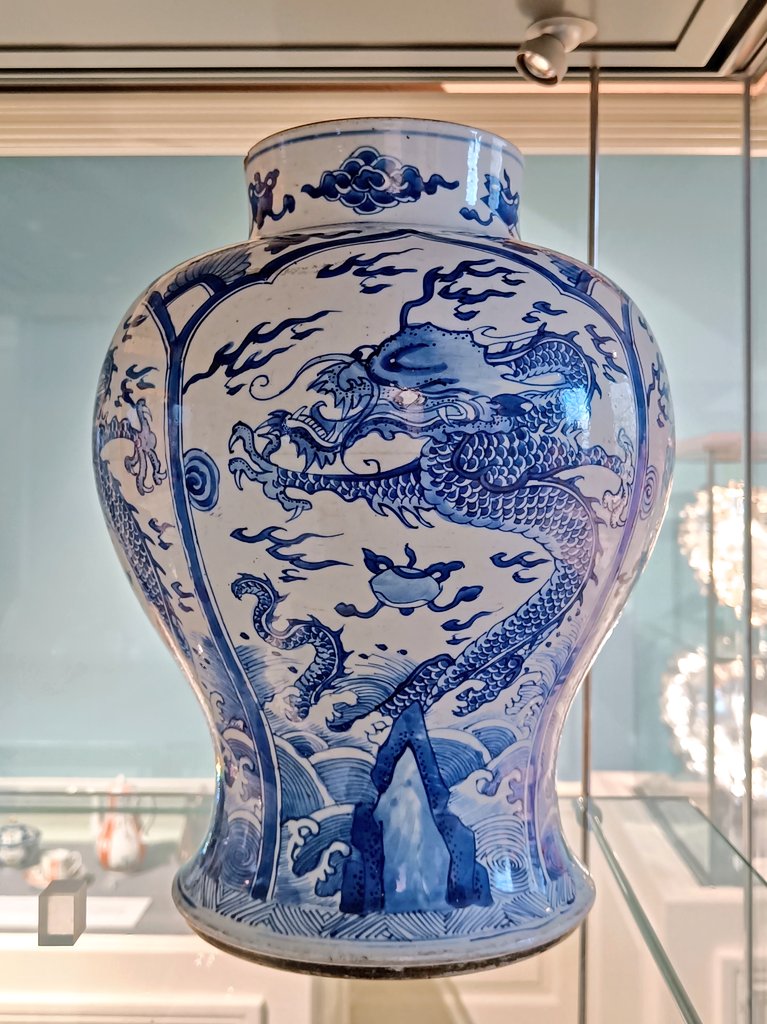

Today for #DetailsOfAstonHall we're sharing something a bit different: images of what is actually inside one of the plasterwork figures of the Hall.
1/
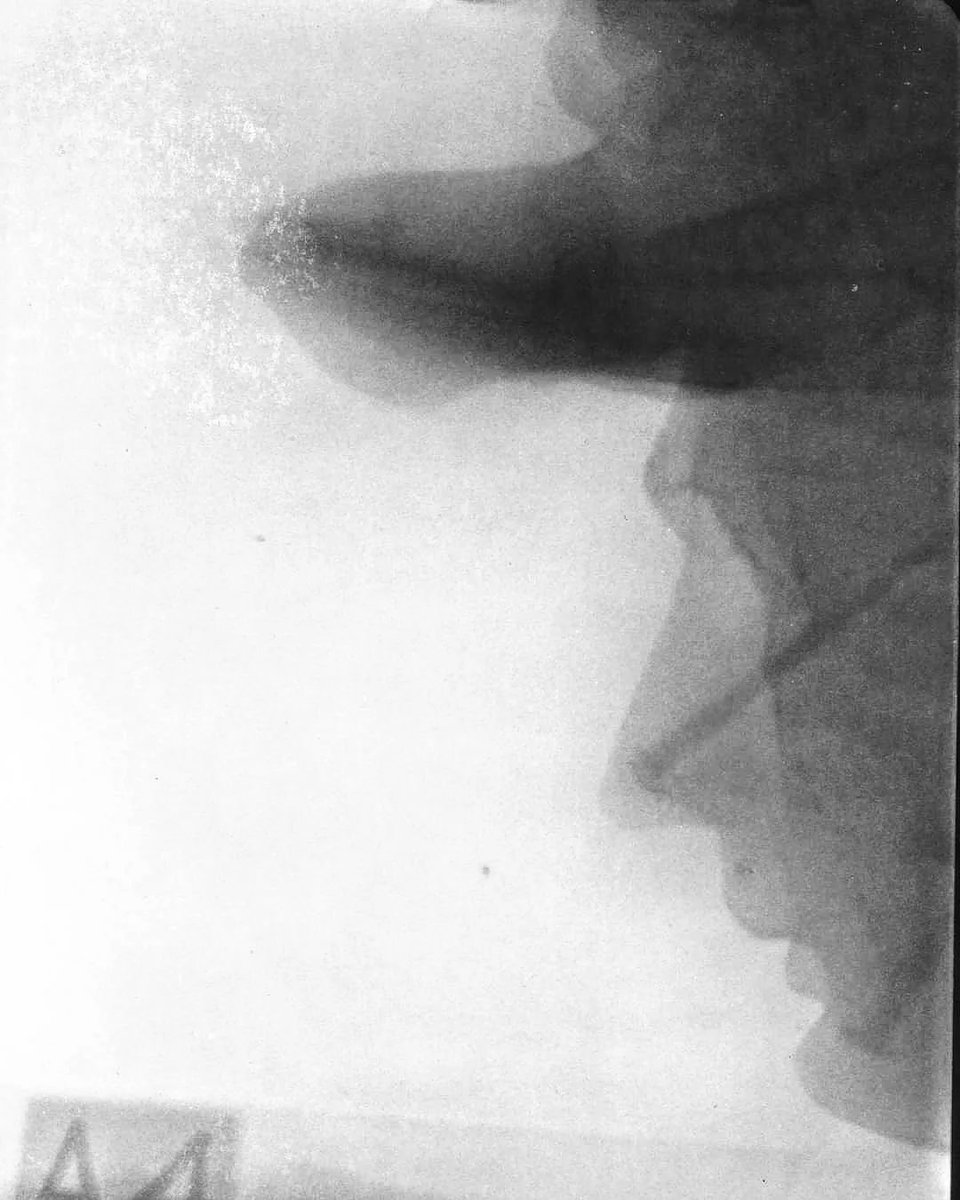

Today on #DetailsOfAstonHall we bring you the headless statue of the Greek god Pan, located west of the Hall in the park, now Aston Park.
The figure was sculpted in 1934 by William Bloye whose other works include the gilded memorial to Boulton, Murdoch and Watt on Broad Street.
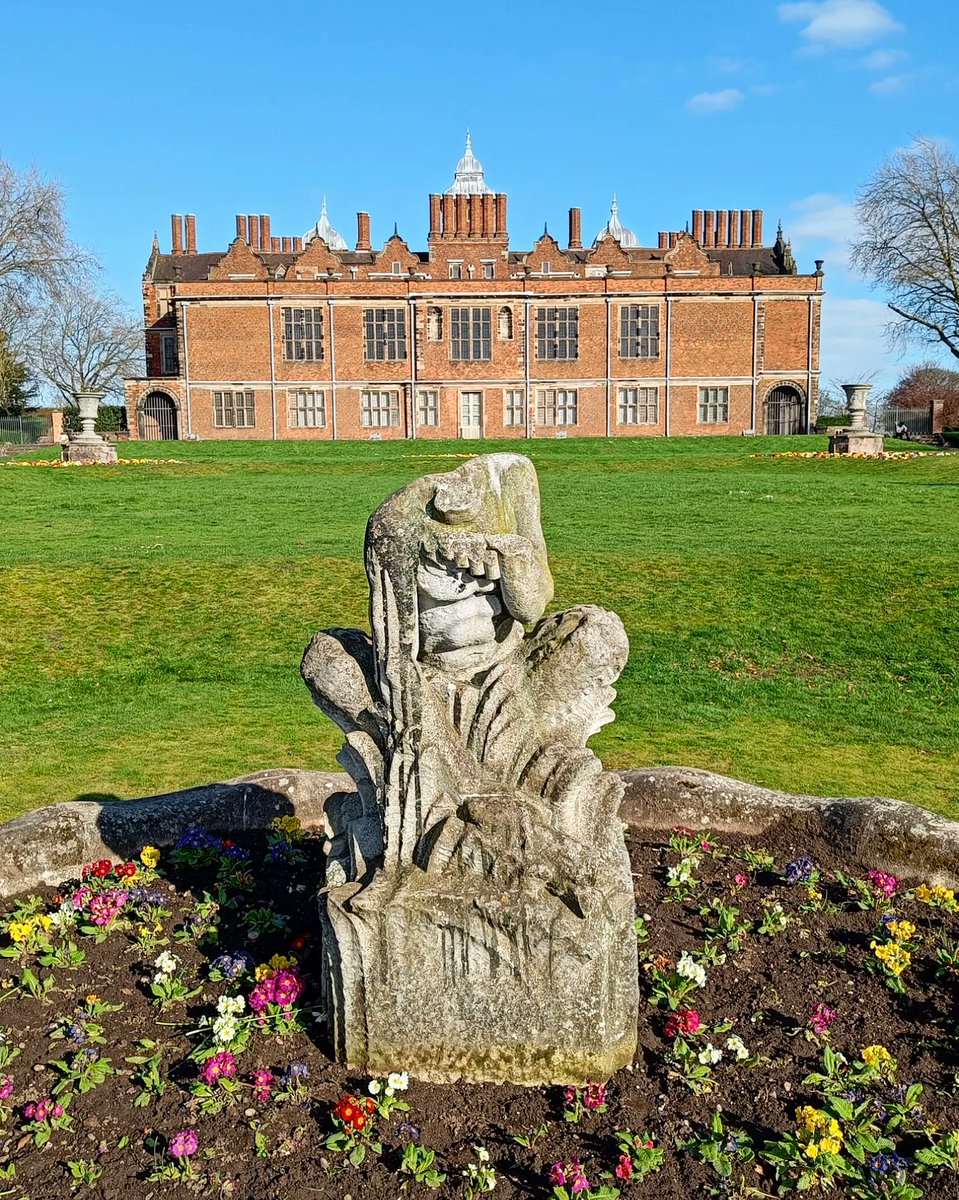

On #DetailsOfAstonHall today: our Bartmann jug.
Also called Bellarmine jugs, this type of salt-glazed stoneware vessels have characteristic decorations of bearded men on their necks.
